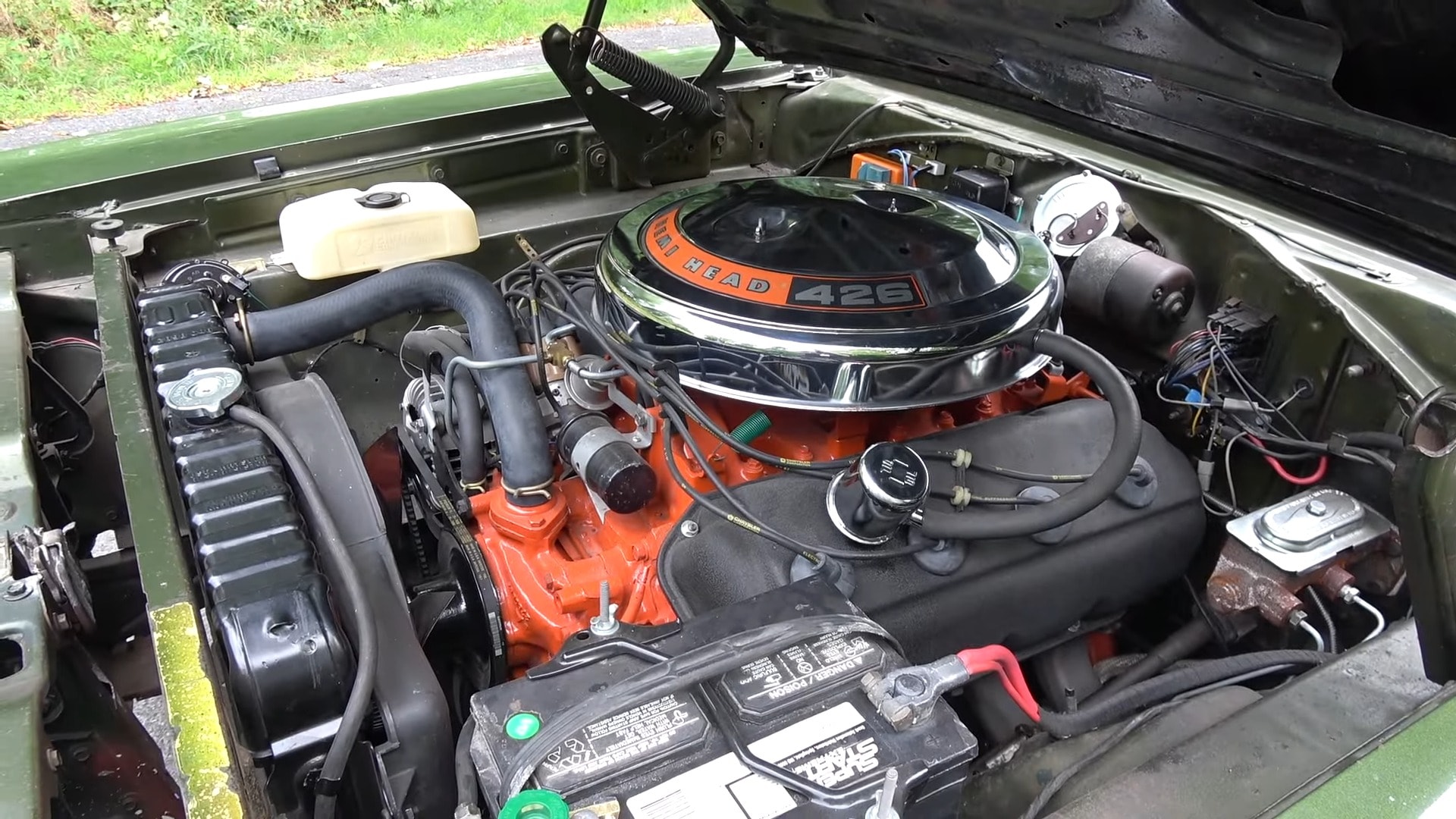As a gearhead once quipped, the allure of a classic car often lies not in its pristine shine, but in its raw authenticity. This was evident at a recent gathering in Pennsylvania, where a Canadian enthusiast showcased a 56-year-old Plymouth that, at a distance, might appear unremarkable. However, a closer look reveals a hidden gem: a four-letter badge on the trunk that signifies a true automotive powerhouse.
This inconspicuous emblem represents a mere 11,000 examples produced between 1966 and 1971, a testament to the rarity of these Chrysler marvels. The genius behind their creation lies not only in their engineering prowess but also in their marketing brilliance. A simple, four-letter word synonymous with speed and exhilaration, “Hemi” became a mantra for motoring enthusiasts.

Plymouth, in particular, outshone its sister brand, Dodge, in offering these 425 horsepower behemoths, solidifying their place in automotive history. The Hemi engine’s production trajectory was marked by significant volatility. After a 1966 zenith of 3,350 units, production plummeted by nearly two-thirds in 1967. A resurgence followed in 1968, with output nearly doubling due to the introduction of high-profile models like the Plymouth Road Runner and the second-generation Dodge Charger.
This same year also saw the GTX transition from a Belvedere trim level to a standalone model, initiating a powerful alliance with the Hemi engine. While the Belvedere GTX initially monopolized Hemi sales in 1967, the Road Runner’s market appeal dramatically shifted the balance in 1968. Nevertheless, 1968 marked the GTX’s pinnacle in terms of sales, surpassing 17,000 units.
However, the vast majority of these cars were equipped with the less potent 440-cubic-inch engine. Among the exclusive 446 Hemi-powered GTXs, only a fraction of 36 were convertibles. Of the remaining hardtops, a substantial number, 217, were paired with a manual transmission, underscoring the performance-oriented nature of this rare combination.

A 1968 Plymouth GTX Hemi four-speed, currently calling Ontario, Canada home, is the star of a new video documenting its thrilling runs down a perfectly straight, 1,320-foot stretch of tarmac. This green behemoth, propelled by a formidable 4.10 Dana 60 rear axle, has undeniably spent considerable time honing its skills on the drag strip.
While its previous owner left behind a few minor electrical gremlins, the car’s mechanical underpinnings remain remarkably robust. The absence of power-assisted braking and steering, coupled with a curiously disconnected tachometer, along with the presence of tow hooks and a quarter window sticker, provides compelling evidence of a dual existence: sanctioned drag racing and adrenaline-fueled street encounters. This GTX, with its odometer ticking over at 53,539 miles, is a living testament to the raw power and allure of the muscle car era.

